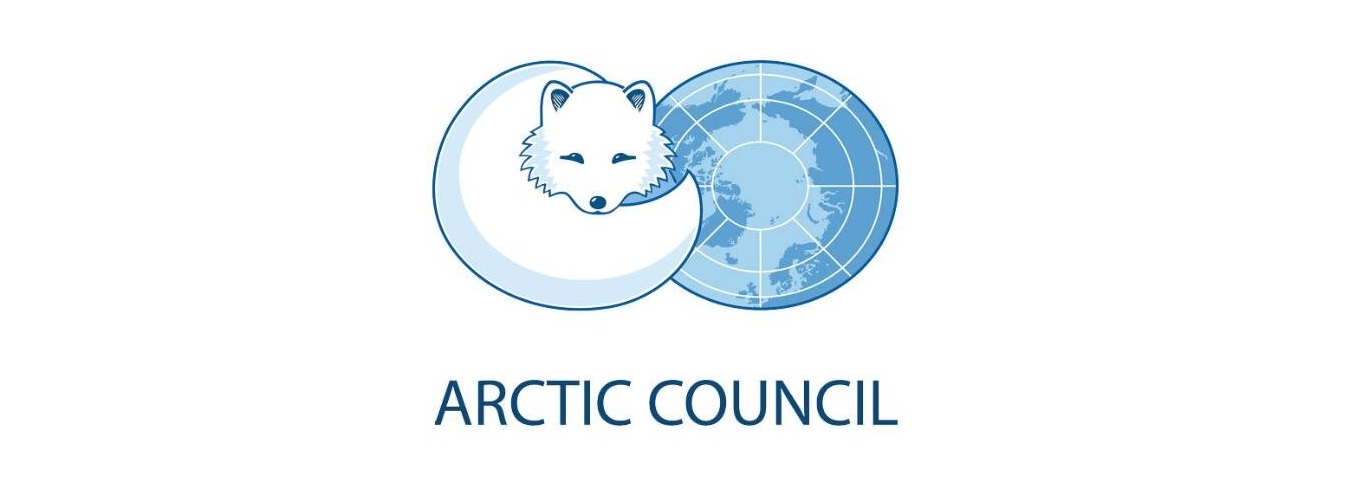As the Arctic ice melts faster than ever before, the frozen northern region of our planet is becoming a new hotspot — not just for climate change, but also for global competition. Countries are now eyeing the Arctic for its hidden resources, new trade routes, and military importance. And that’s why tensions in the region are growing.
What Is the Arctic and Why Is It Changing?
The Arctic is the cold, icy region around the North Pole, mostly covered in ice for centuries. But because of global warming, this ice is melting. That’s bad for the environment, but some countries see an opportunity.
Underneath the Arctic’s ice and land are huge amounts of oil, gas, minerals, and fish. These resources were too hard to reach earlier, but now they are becoming easier to access. Also, as the ice melts, new shipping routes are opening up — helping goods travel between Asia, Europe, and America faster.
Who Controls the Arctic?
Eight countries border the Arctic:
-
Canada
-
United States
-
Russia
-
Denmark (through Greenland)
-
Norway
-
Sweden
-
Finland
-
Iceland
These countries formed a group called the Arctic Council, which focuses on protecting the environment and working together peacefully in the Arctic.
Each country can use the resources near its coast (called its Exclusive Economic Zone or EEZ). But when it comes to the deeper parts of the ocean, there are overlapping claims — especially from Russia, Canada, and Denmark — which is causing disputes.
Why Are Tensions Rising?
1. Interest in Greenland
U.S. President Donald Trump recently repeated his interest in buying Greenland from Denmark, calling it important for U.S. national security. Greenland has rare earth minerals, a U.S. military base, and is located in a very strategic position. But Denmark and the people of Greenland have rejected the idea.
2. Dispute Over Shipping Route
Canada and the U.S. are fighting over a possible sea route called the Northwest Passage, which is opening up because of melting ice. Canada says it owns the route and can control who uses it. The U.S. says it's an international waterway, so anyone should be allowed to use it.
3. Russia’s Military Moves
Russia has been increasing its military presence in the Arctic. It has more ice-breaking ships than any other country and several military bases in the region. It even planted a flag on the Arctic seabed to show its claim.
Some Russian leaders have also said that Norway’s Arctic island Svalbard should belong to Russia, which has made NATO countries nervous.
4. China's Growing Interest
Even though China is not an Arctic country, it has called itself a “Near-Arctic State” and wants to build trade routes there as part of its “Polar Silk Road”. China has also started working on a nuclear-powered icebreaker ship to operate in the Arctic.
Why Does the Arctic Matter to Everyone?
-
Huge Resources: The Arctic may hold 13% of the world’s oil and 30% of its natural gas. Many countries want a share of these.
-
New Trade Routes: Melting ice is creating faster paths for ships between Asia and Europe, which can save money and time.
-
Military Importance: The Arctic is becoming a new area for military planning, especially between Russia and NATO.
-
Environmental Concerns: Melting ice is bad for the global climate, and drilling or mining in the Arctic could make things worse. It could also hurt indigenous communities and wildlife.
Is There a Risk of Conflict?
Yes. Many countries are building military bases, sending ships, and making strong political statements. While there’s no war or fight going on right now, experts worry that a misunderstanding or accident could lead to conflict if countries don’t talk things out.
Unlike the Antarctic, which is protected by an international treaty that bans military activity and mining, the Arctic has no such treaty. It is mainly governed by a United Nations ocean law (UNCLOS), which allows countries to make claims over the seabed.
What Needs to Be Done?
-
Countries need to talk to each other peacefully through forums like the Arctic Council.
-
There should be stronger international rules to protect the Arctic from becoming a battleground.
-
More efforts are needed to protect the environment and the people living in the Arctic.
In Short
As ice disappears, the Arctic is no longer just cold and quiet — it is becoming a global hotspot for resources, shipping, and power. Countries like the U.S., Russia, Canada, Denmark, and even China want to take part in this new Arctic race. But unless they work together, there’s a real danger of conflict, not just among countries, but also with nature itself.






